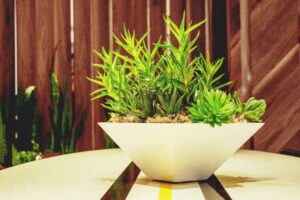June marks an exhilarating time for gardeners across the UK. As spring transitions into summer, the days grow longer and warmer, presenting an excellent opportunity to sow more seeds and establish plants that thrive in these conditions.
Whether you’re interested in vegetables, flowers, herbs, or landscape plants, understanding what to plant in June can optimize your garden’s productivity and aesthetics. In this blog post, we will explore various plants to cultivate during this promising month, detailing their temperature tolerances, ideal planting dates, and care requirements.
Vegetables To Plant
Carrots
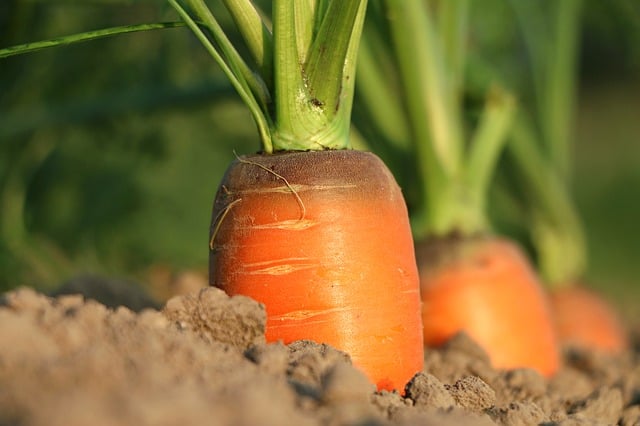
Carrots are a staple in many gardens due to their versatility and ease of growth. In June, you can sow carrot seeds directly into the soil, as the risk of frost has largely passed. These cool-season vegetables flourish in temperatures around 16-20°C (60-68°F).
Growing Tips: Carrots thrive in well-drained, loose soil, which allows their roots to grow deep without obstruction. When planting, ensure the soil is free from large clumps and stones. Consider sowing several varieties, such as Nantes and Chantenay, for different harvest times and flavors. Thin seedlings to around 5 cm apart as they grow for optimal development.
Beetroot
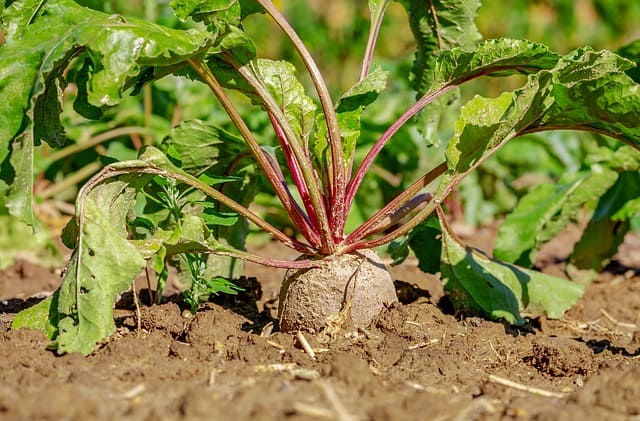
Beetroot is another excellent choice for June planting. It grows best in cooler weather but can tolerate a wide range of temperatures, from 8°C (46°F) to 24°C (75°F). Sowing in June allows for a late summer harvest.
Growing Tips: Beetroot prefers fertile, well-draining soil enriched with organic matter. You can plant seeds directly into the ground, ensuring they’re spaced about 10-15 cm apart. They can also be sown in rows, allowing for easier access for weeding. Harvest can begin when the roots reach about the size of a golf ball for the best flavor.
Lettuce

Lettuce is ideal for a June sowing, as the warm soil temperature promotes quick germination. This cool-weather vegetable grows well in temperatures between 10-20°C (50-68°F), making June planting perfect for a continuous harvest throughout the summer.
Growing Tips: There are many types of lettuce, from crisphead to loose-leaved varieties. You can sow seeds directly into your garden or start them in modules for a head start. Successional planting every two weeks ensures fresh leaves throughout the season. Keep the soil consistently moist for optimal growth.
Squash
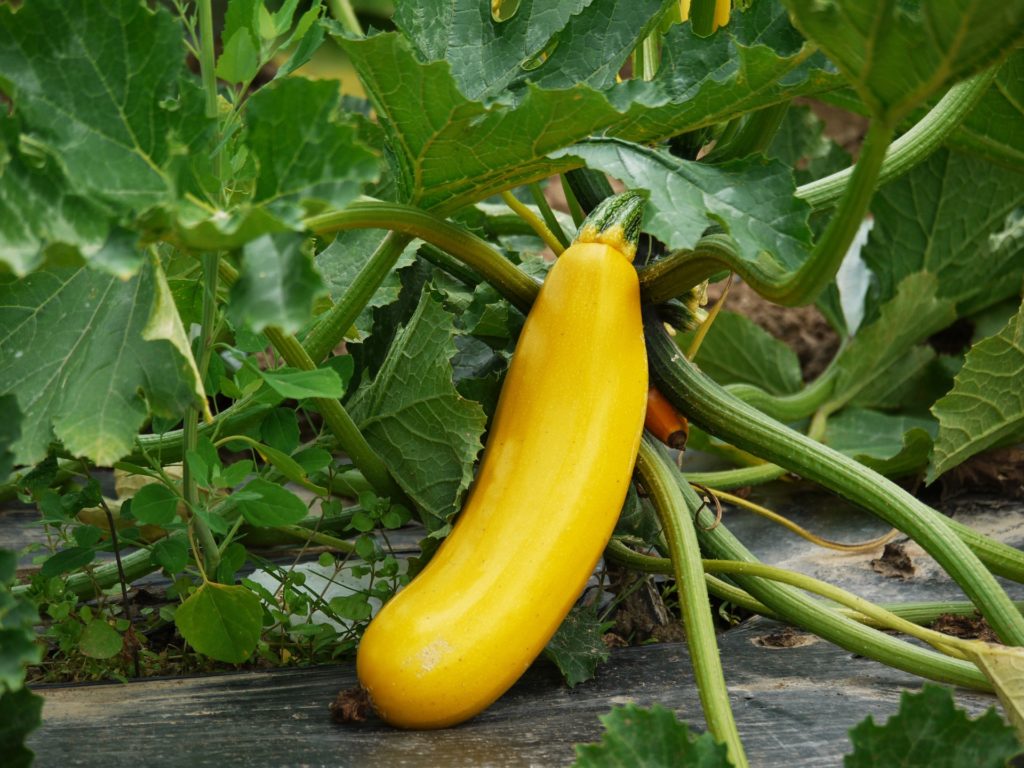
Squash varieties, particularly summer squash like courgettes, thrive in June due to the warm temperatures. Ideal planting time is when the soil temperature rises to 15°C (59°F) and above.
Growing Tips: Plant seeds directly into the soil in a sunny location, spacing them about 90 cm apart for proper air circulation. Squash requires nutrient-rich soil, so consider adding compost before planting. Regular watering is essential during dry spells, and be on the lookout for squash bugs, which can be managed through organic methods.
French Beans
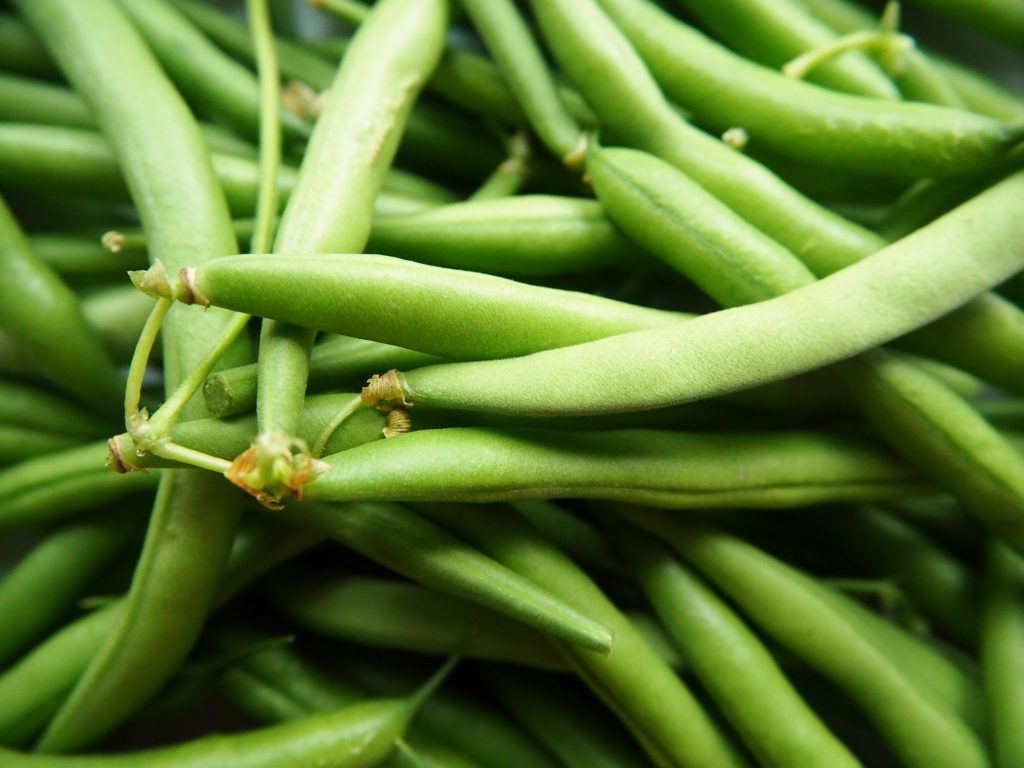
French beans, also known as green beans, are a fast-growing crop that can be directly sown in June. They prefer warm soil and will thrive with temperatures ranging from 20-30°C (68-86°F).
Growing Tips: These climbing or bush varieties should be planted after the last frost date. Stake climbing beans for support, and sow seeds about 5 cm apart. Regular picking of beans encourages the plant to produce more. Avoid waterlogged soil, which can lead to root rot.
Radishes
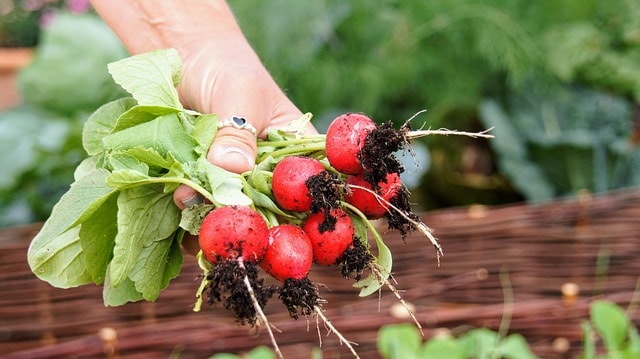
Radishes are a quick-growing crop suitable for direct sowing in June. They love cooler temperatures but can grow in a range, from about 10°C (50°F) upwards.
Growing Tips: Sow seeds directly into prepared soil in rows about 15 cm apart. Thin them to allow for adequate spacing as they grow. Radishes can mature in as little as three weeks, making them ideal for quick harvests and succession planting.
Cucumbers
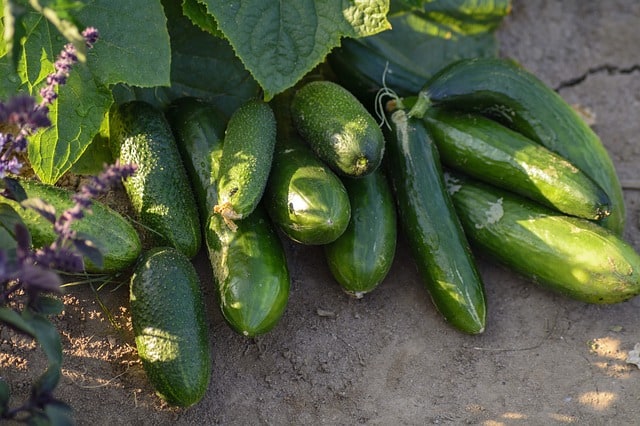
Cucumbers thrive in warm weather and can be planted in June when the soil warms adequately. They flourish between 18-25°C (65-77°F).
Growing Tips: Start cucumbers indoors in pots and transplant them outside after two weeks, once the risk of frost is past, or sow seeds directly in the ground. They prefer well-drained, rich soil and full sun. Regular watering and mulching can help maintain soil moisture and regulate temperature, which is crucial for developing crisp cucumbers.
Sweetcorn
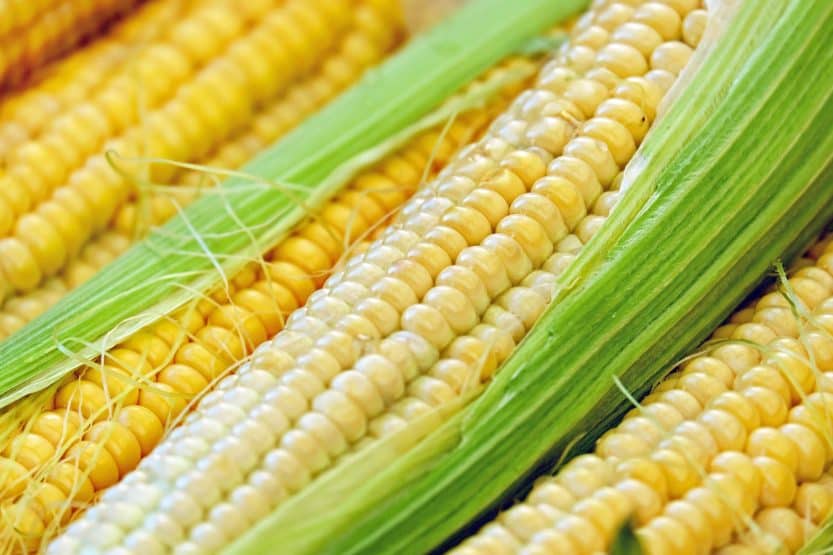
June is an ideal month for sowing sweetcorn seeds as the soil temperatures should exceed 16°C (60°F). These heat-loving plants grow best under full sun.
Growing Tips: Sweetcorn requires a block planting strategy (four or more rows planted together) to facilitate wind pollination. Each plant should be spaced about 30-50 cm apart in fertile soil. Regular watering is crucial during the pollination phase, as this can directly affect the quality of the ears.
Pumpkins
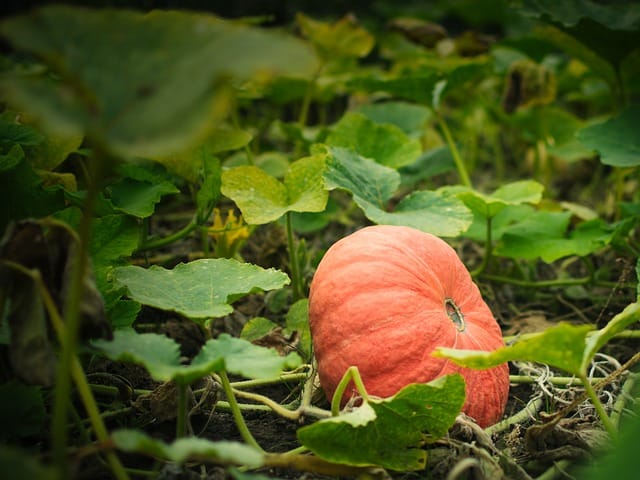
Pumpkins can be planted in June in the UK, typically once the last frost has passed and the soil has warmed to at least 15°C (59°F).
Growing Tips: These sprawling plants require plenty of space, so ensure to give each pumpkin plant about 90 cm to 120 cm of room to grow. Pumpkins prefer rich, well-drained soil and benefit from a good amount of sunlight. Regular feeding and watering throughout the growing season can lead to healthy, large pumpkins for autumn harvest.
Turnips
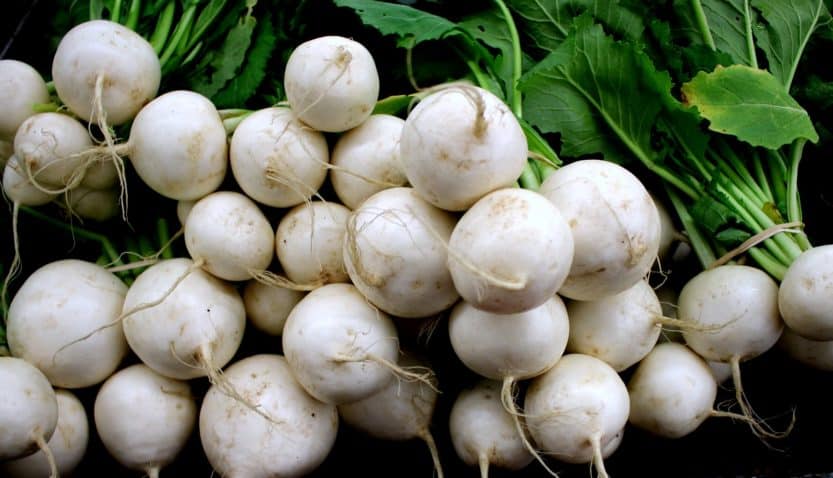
Turnips are suitable for a June sowing, particularly for a late summer harvest. They can grow in temperatures ranging from 10-20°C (50-68°F).
Growing Tips: Sow seeds directly into well-tilled soil, ensuring good spacing between seeds to allow for bulb development. Turnips thrive in moist soil, so regular watering is essential, especially during dry spells. Harvest when they are still small and tender for the best flavor.
Flowers To Plant
Sunflowers

Sunflowers are a quintessential summer flower, and June is a perfect time to plant them. These vibrant blooms thrive in full sun and prefer temperatures above 10°C (50°F).
Growing Tips: Plant sunflower seeds directly into the soil in well-drained areas, allowing for adequate spacing to accommodate their size (about 30 cm apart). They require consistent moisture until established. Sunflowers not only add beauty to your garden but also attract pollinators.
Zinnias

Zinnias are hardy, colorful annuals that thrive in warm summer conditions, making June an ideal planting month. They prefer full sun and can grow well in temperatures between 18-28°C (64-82°F).
Growing Tips: Sow seeds directly in the ground after the last frost or start indoors if you prefer. Zinnias need well-drained soil and moderate watering. Deadheading spent flowers encourages blooming throughout the summer.
Cosmos

Cosmos are easy-to-grow annual flowers that produce delicate blooms and attract pollinators. They thrive in sunny conditions, performing best around 15-24°C (59-75°F).
Growing Tips: Cosmos can be sown directly into the garden or started indoors. Space plants about 30 cm apart to allow for good airflow. They prefer well-drained soil and are drought-tolerant once established, requiring minimal watering.
Marigolds
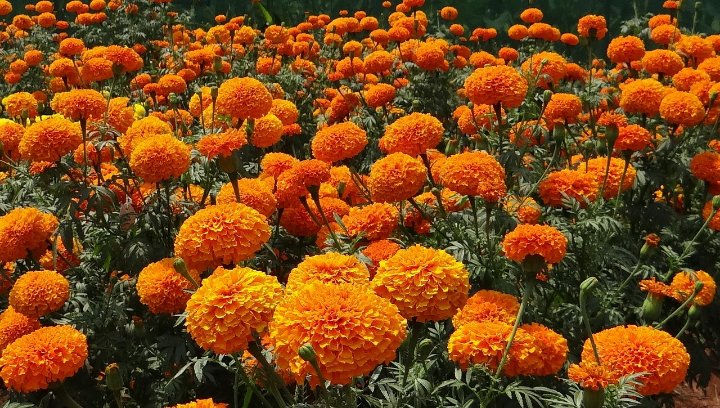
Marigolds are popular for their bright colors and practicality as pest deterrents in gardens. June is perfect for planting them as they flourish in warm temperatures of 20-25°C (68-77°F).
Growing Tips: Plant marigold seeds directly into the garden once the chance of frost has passed. They thrive in well-draining soil and should be watered moderately. Deadheading will extend their blooming period throughout summer.
Petunias
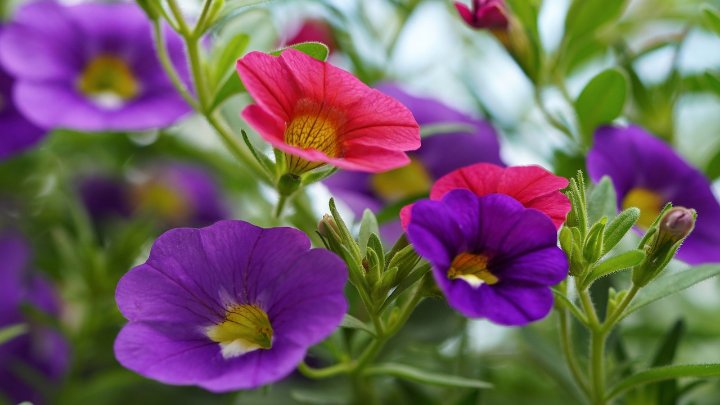
Petunias are vibrant summer blooms that are perfect for borders or containers. They flourish in full sun and do well in soil temperatures above 15°C (59°F).
Growing Tips: Petunias can be sown from seed or purchased as small plants. They prefer rich, well-draining soil and require regular watering to prevent wilting. Deadheading spent blooms will encourage more flowers to develop.
Sweet Peas
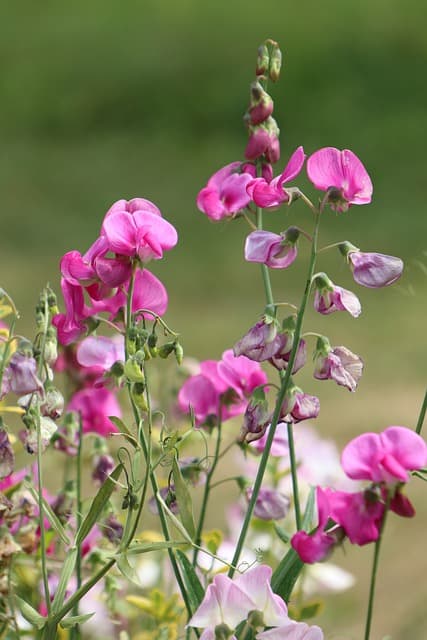
Sweet peas are fragrant climbing flowers that are best planted in June in the UK. They thrive in cool to mild temperatures, ideally around 15-20°C (59-68°F).
Growing Tips: Sow sweet pea seeds directly in the soil or start in pots for an earlier bloom. Support the climbing varieties with trellises or stakes. Regular watering helps to keep soil moist but not waterlogged.
Dahlias
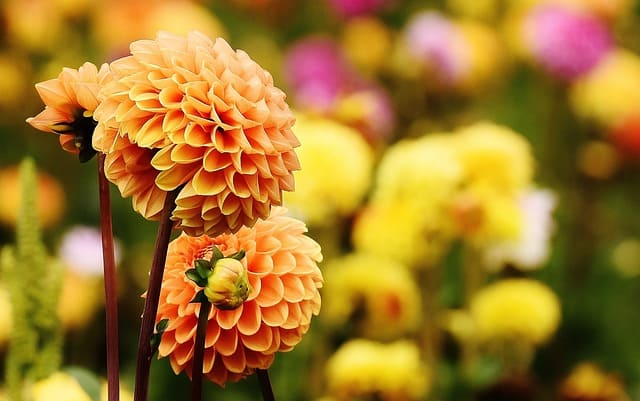
Dahlias offer breathtaking blooms that can transform any garden space. June is an appropriate time for planting dahlia tubers, provided the soil temperature is around 15°C (59°F).
Growing Tips: Choose a sunny site with well-drained soil for quick growth. Space tubers approximately 60 to 90 cm apart, depending on the variety. Regular watering and feeding with a balanced fertilizer will help to promote healthy growth and prolific blooming.
Asters
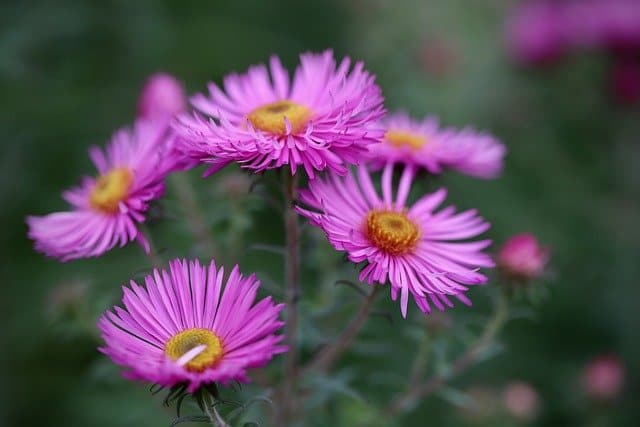
Asters are lovely perennial flowers that bloom towards the end of summer. Planting in June allows them to establish their root systems and ready themselves for the flowering season.
Growing Tips: Sow seeds directly into the garden in a sunny location. They prefer well-drained soil enriched with organic matter. Regular watering will help promote strong growth, and deadheading will encourage prolonged blooming.
Nigella
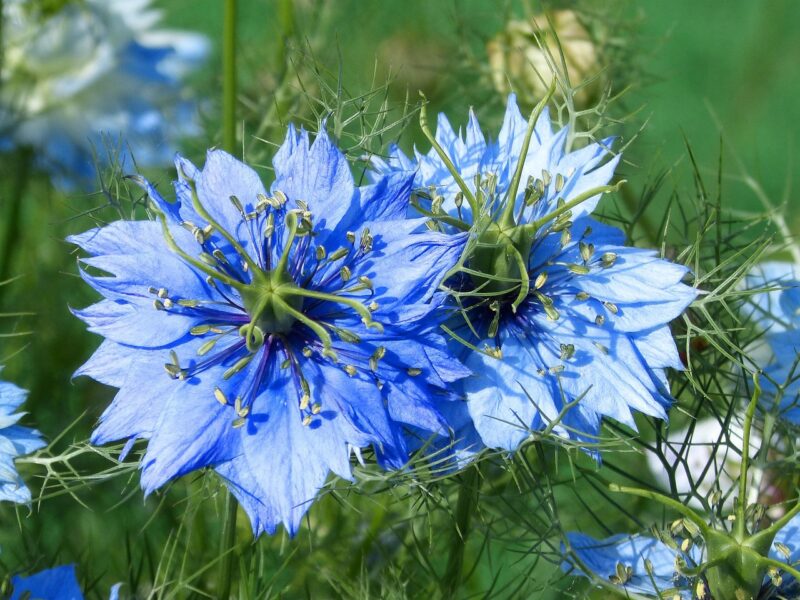
Nigella, also known as love-in-a-mist, is an intriguing annual flower that contrasts delicate flowers with fine foliage. June is a great time to sow seeds as the weather becomes consistently warm.
Growing Tips: Sow seeds directly into well-prepared soil, in sunny or partially shaded spots. Thin out seedlings as they grow to avoid overcrowding. They’ll self-seed easily, providing beauty for future years.
Lavender

Lavender is a multifaceted plant, cherished for its aromatic qualities and beautiful blooms. June is an excellent time to plant lavender, which thrives in sunny spots with temperatures around 20-30°C (68-86°F).
Growing Tips: Choose well-draining soil, as lavender does not tolerate wet roots. Space plants about 30-45 cm apart. Pruning after flowering promotes bushy growth and helps to maintain the plant’s shape.
Herbs To Plant
Basil
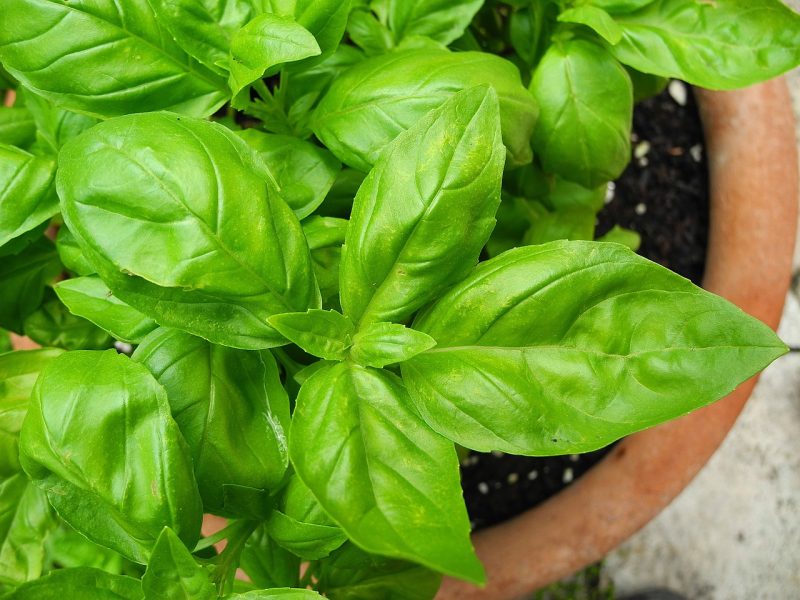
Basil is a popular culinary herb that thrives in warm weather and is perfect for planting in June. This herb prefers temperatures from 20-30°C (68-86°F).
Growing Tips: Sow basil seeds directly in well-draining soil or start in pots indoors. Keep them in a sunny spot for optimal growth. Regular pinching of the tops will encourage bushy growth and prevent flowering.
Oregano
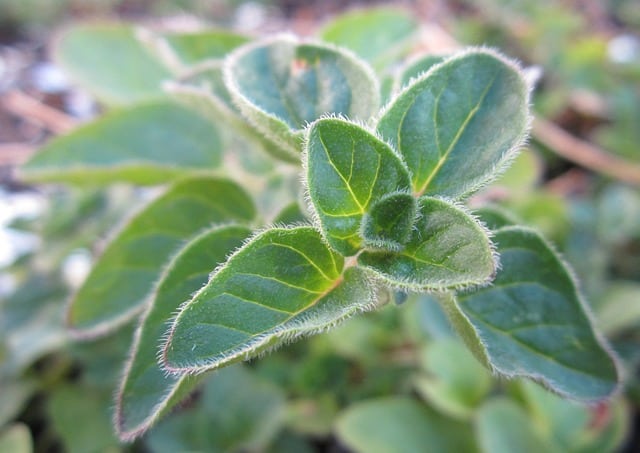
Oregano is a hardy herb that flourishes in dry, sunny conditions. June offers the right warmth for this perennial herb, which grows best between 15-25°C (59-77°F).
Growing Tips: Plant oregano in well-drained soil and ensure it has plenty of sunlight. Once established, it requires minimal watering. The leaves can be harvested continuously to promote growth.
Parsley
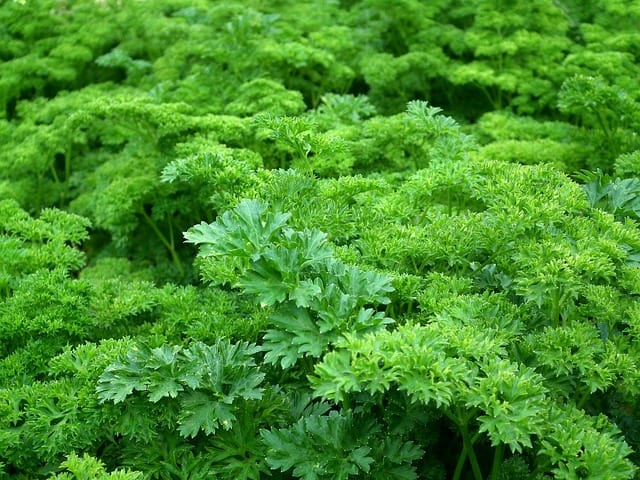
Parsley is a versatile herb that can be planted in June, particularly if you want fresh garnishes and seasoning all summer. It grows well in cooler temperatures but thrives at around 18-24°C (64-75°F).
Growing Tips: Sow seeds in fertile, well-draining soil, and water regularly. You can cut parsley as you need it, which encourages the plant to produce more leaves.
Coriander
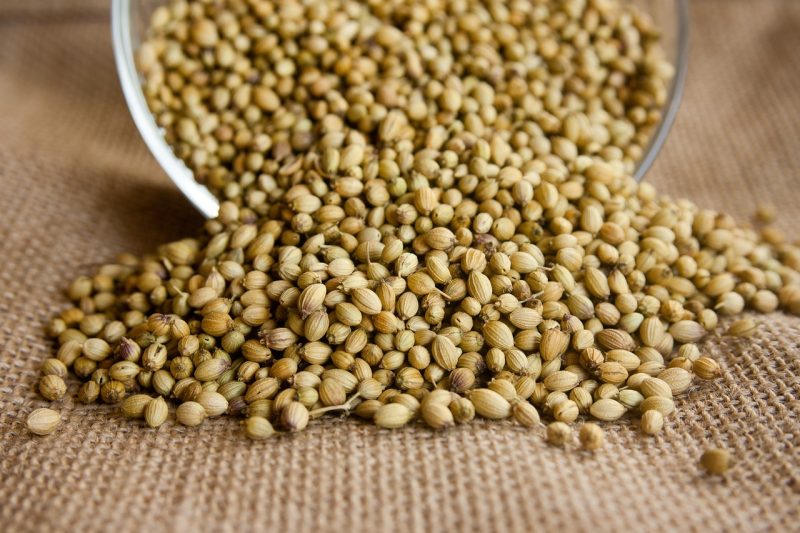
Coriander is a fragrant herb that thrives in warm temperatures. June is an excellent month for its growth, with optimal temperatures ranging from 20-25°C (68-77°F).
Growing Tips: Sow coriander seeds directly in well-drained soil and keep moist. Regular harvesting of leaves will prolong the plant’s life and prevent it from bolting too early.
Dill
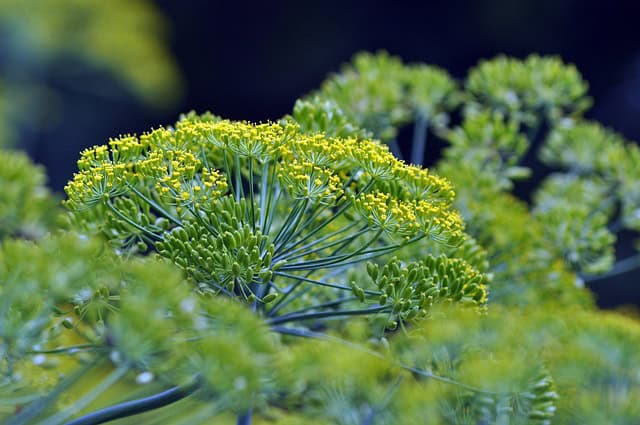
Dill is a flavorful herb that can be sown directly in June. It prefers warmer temperatures, ideally around 20°C (68°F) and above.
Growing Tips: Plant dill seeds in a sunny location with well-drained soil. This herb does well in pots or directly in the garden, but avoid overcrowding. Regular harvesting will encourage more growth.
Thyme
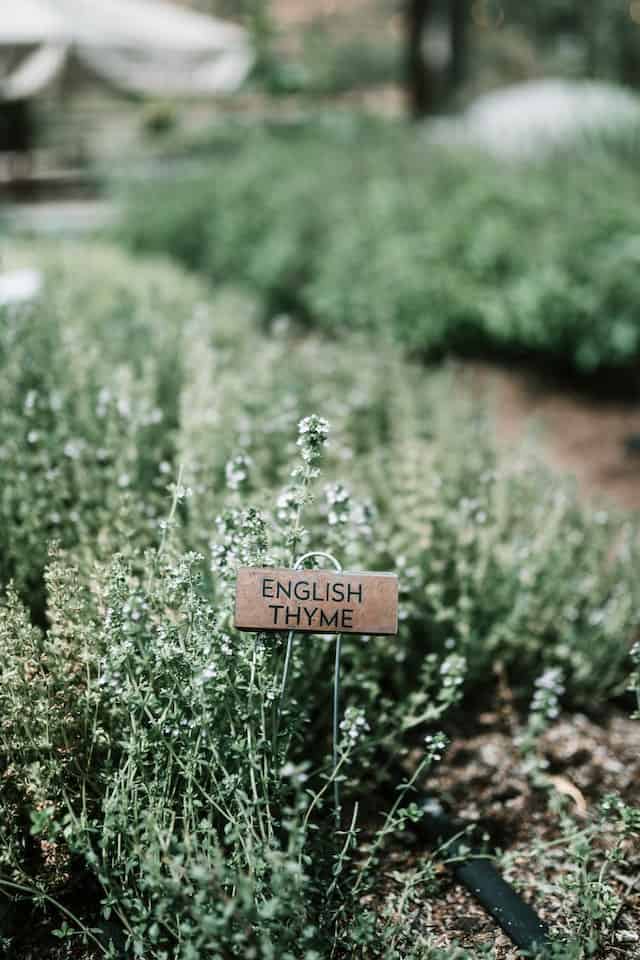
Thyme is a drought-resistant herb that thrives in warm conditions, making it an excellent choice for a June planting. It performs well at temperatures between 20-25°C (68-77°F).
Growing Tips: Thyme prefers poor, well-draining soil. It can be sown directly in the garden or in pots. Regular trimming encourages bushiness. Thyme’s aromatic qualities make it a fantastic addition to almost any dish.
Chives

Chives are a perennial herb that can be planted in early June. They prefer cooler temperatures but can handle warmth, thriving between 15-25°C (59-77°F).
Growing Tips: Sow seeds directly in your garden or start in pots. They enjoy rich soil and adequate moisture. Harvest the leaves by cutting them at the base to encourage new growth.
Mint
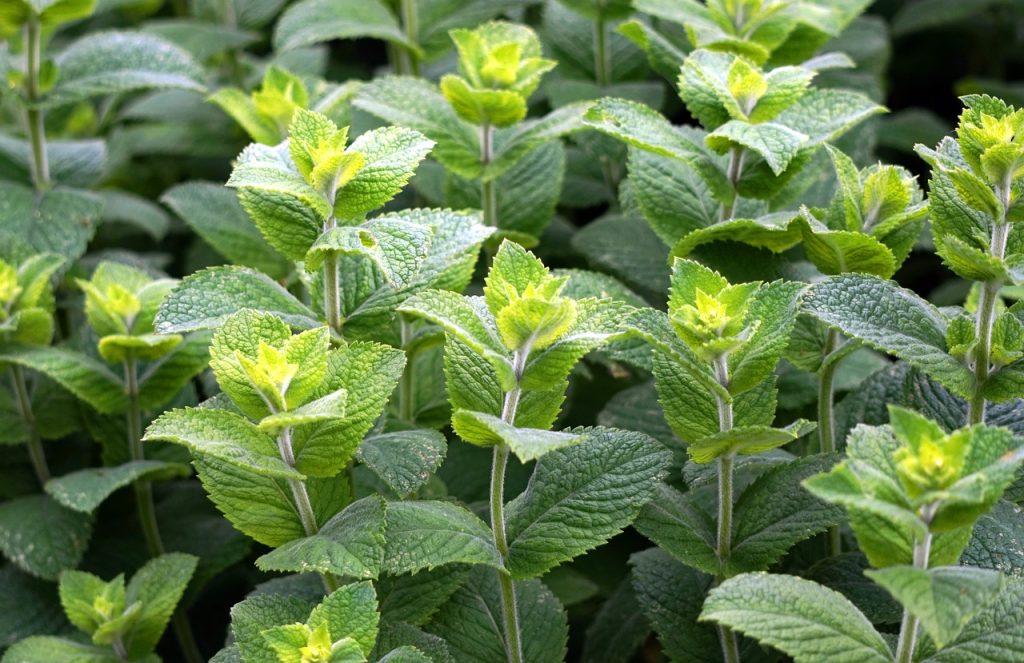
Mint is a vigorous herb that benefits from being planted in June. It prefers moderate temperatures around 18-24°C (64-75°F).
Growing Tips: Plant mint in rich soil with regular watering to prevent wilting. This herb can be invasive, so consider planting it in containers or using barriers in the garden. Regular harvesting encourages healthy growth.
Sage

Sage is a robust herb that loves sunny and dry conditions. June is ideal for planting, as it thrives in warmer temperatures between 18-30°C (64-86°F).
Growing Tips: Sow seeds in well-draining soil. Regular watering and harvesting will result in bushy growth. Sage leaves can be used in various culinary dishes and are known for their medicinal properties.
Fennel
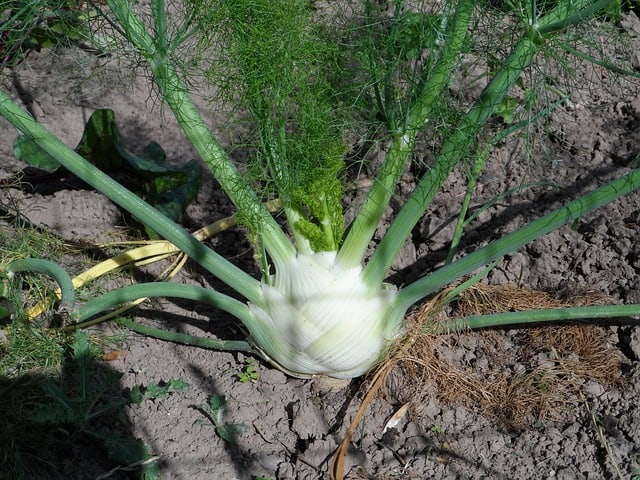
Fennel is an aromatic herb that does well when planted in June, thriving in warm temperatures above 20°C (68°F).
Growing Tips: Sow fennel seeds in rich, well-draining soil in a sunny location. Ensure to give them enough space to grow as they can reach considerable heights. As with other herbs, harvesting regularly will encourage healthy growth.
Landscape Plants To Plant In June
Hydrangeas

Hydrangeas are stunning shrubs that bring vibrant colors and lush foliage to landscapes. Planting in June allows them to become established in warmer summer temperatures.
Growing Tips: Hydrangeas prefer rich, well-draining soil and regular watering. Choose varieties suited to your climate, and ensure they receive adequate sunlight or partial shade depending on the species.
Geraniums
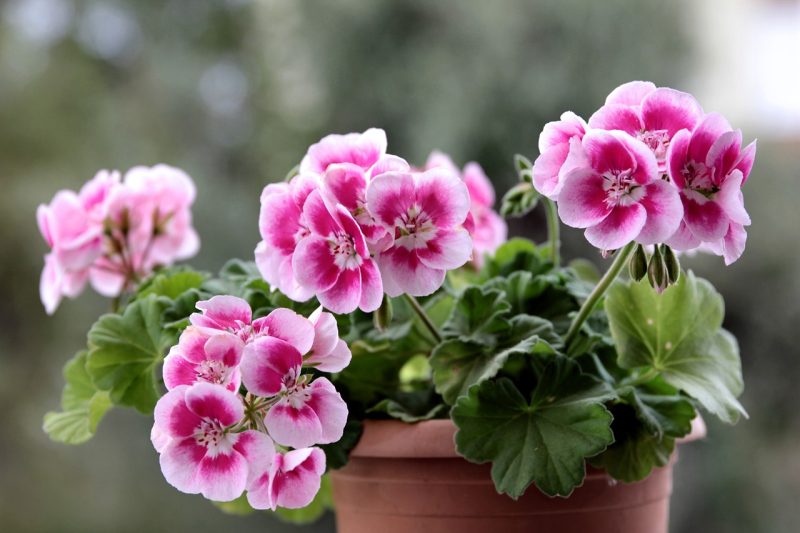
Geraniums add a splash of color to any garden. June planting allows these annuals to flourish through the summer months, especially when temperatures rise above 15°C (59°F).
Growing Tips: Plant geraniums in well-draining soil and ensure they receive ample light. Regular deadheading encourages continuous blooming through the summer.
Lavender

Lavender is not just perfect for herb gardens; it can also serve as an excellent landscape plant. June planting allows lavender to establish itself while thriving in the warm summer sun.
Growing Tips: Select locations with good drainage and plenty of sun to prevent root rot. Structures can be made using lavender avenues or borders for added visual interest.
Roses
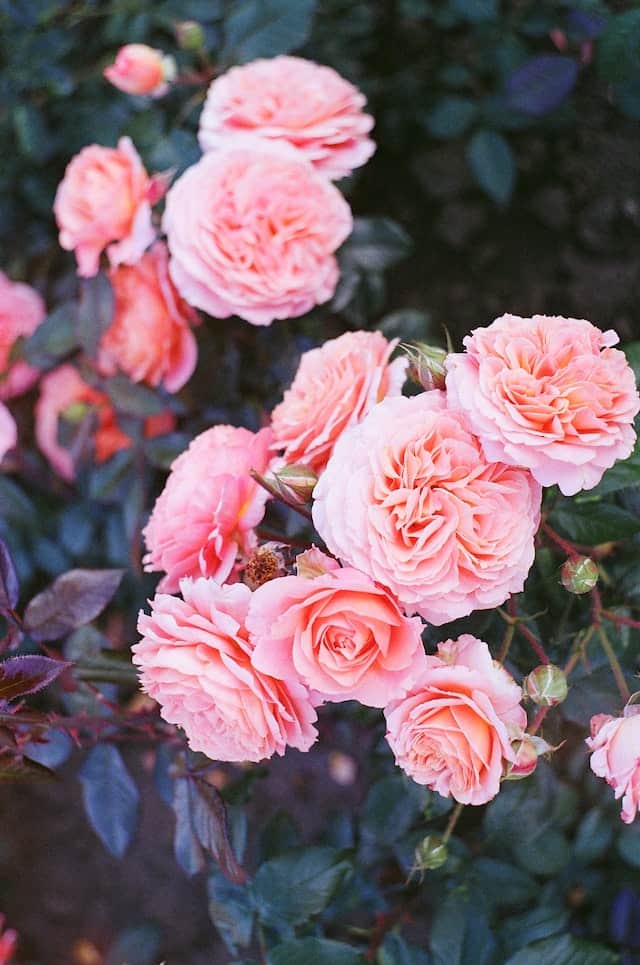
Roses remain among the most cherished flowering shrubs, and June is an appropriate time to plant them in the UK. They thrive best in temperatures from 20-30°C (68-86°F).
Growing Tips: When planting roses, choose a sunny spot with good air circulation. Ensure that the soil is well-prepared with compost. Proper watering and mulching help conserve moisture and keep roots cool.
Ornamental Grasses
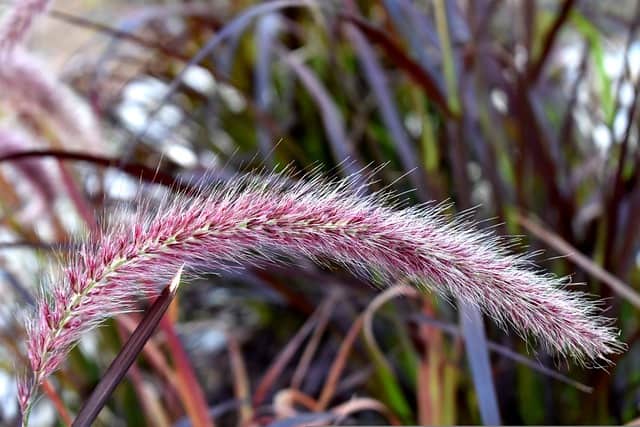
Ornamental grasses are perfect for adding texture and movement to garden spaces. Planting them in June allows them to grow lush and strong throughout the summer.
Growing Tips: Select a sunny spot for most ornamental grasses, ensuring they are planted in well-draining soil. These plants require minimal maintenance and thrive with regular but occasional watering.
Hostas
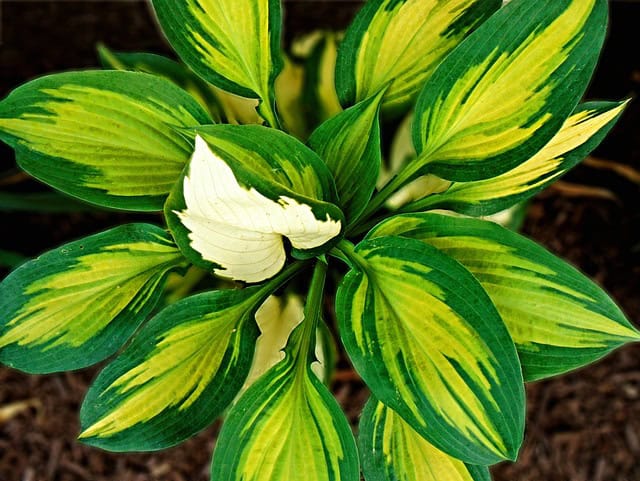
Hostas are popular for their lush foliage, ideal for shady parts of gardens. June is suitable for planting, as their roots can establish in warm soil.
Growing Tips: Ensure that you provide rich, well-draining soil with adequate moisture. Mulching can help retain soil humidity. Hostas also benefit from being fed periodically throughout the growing season.
Daylilies
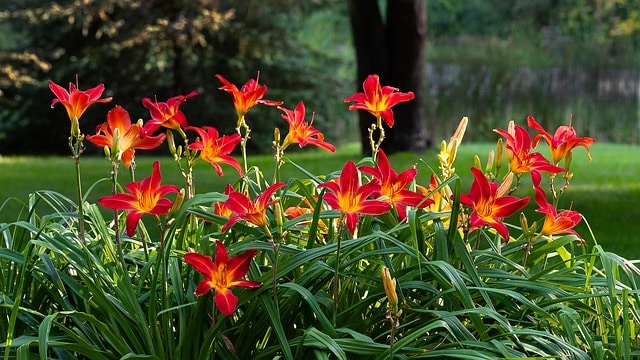
Daylilies are hardy perennials with stunning blooms that can add color to any landscape. June is a great time to plant them as they love warm weather.
Growing Tips: Daylilies thrive in well-drained soil and should be watered regularly during their establishment phase. Once established, they are quite tolerant of drought.
Japanese Maples
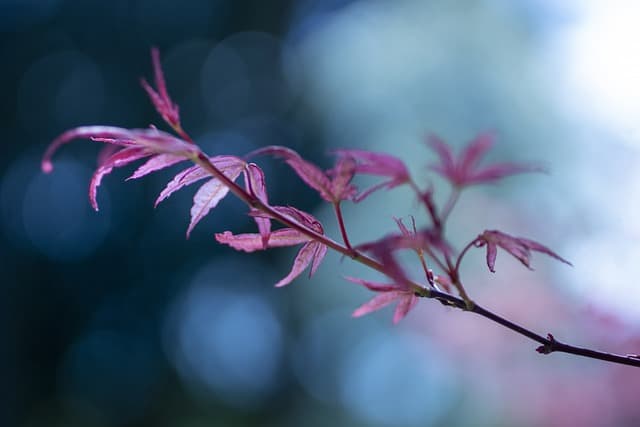
Japanese maples create beautiful focal points in gardens and landscapes. Planting in June gives them a favorable start in warm conditions.
Growing Tips: Choose a semi-shade location to protect young trees from harsh sunlight. Ensure the soil is well-draining and keep it moist during hot spells for healthy growth.
Peonies

Peonies are cherished for their luscious blooms and delightful fragrance. June marks a perfect time to plant them, enabling them to settle into warmer soil.
Growing Tips: Plant peony tubers in well-draining, nutrient-rich soil. They should be given ample sunlight and diligent watering during dry spells to encourage abundant blooms.
Coneflowers
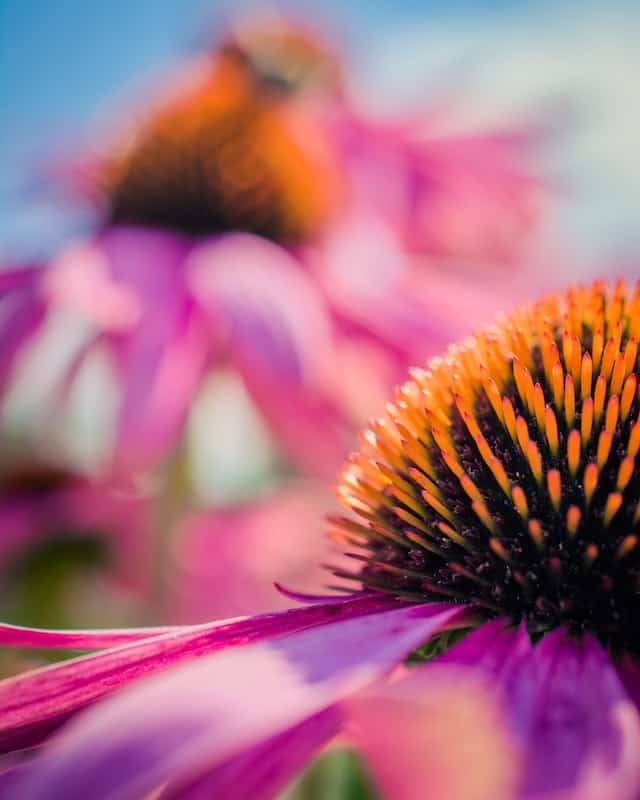
Coneflowers (Echinacea) are resilient perennials, renowned for their stunning blooms that attract butterflies. June planting enables these flowers to establish well during warm weather.
Growing Tips: Sow coneflower seeds in sunny, well-draining soil. Regular deadheading will prolong their blooming season. Coneflowers are drought-tolerant once established, making them low-maintenance choices for gardeners.
FAQ
What vegetables can I start in June?
In June, you can start a variety of vegetables including carrots, beetroots, lettuce, French beans, squash, cucumbers, sweetcorn, radishes, pumpkins, and turnips.
Can I plant flowers in June?
Absolutely! June is a great month for planting sunflowers, zinnias, cosmos, marigolds, petunias, sweet peas, dahlias, asters, nigella, and lavender.
What herbs thrive when planted in June?
You can plant basil, oregano, parsley, coriander, dill, thyme, chives, mint, sage, and fennel during June.
Is it too late to plant landscape plants in June?
It is not too late to plant landscape plants in June. You can successfully establish hydrangeas, geraniums, lavender, roses, ornamental grasses, hostas, daylilies, Japanese maples, peonies, and coneflowers.
How do I ensure a successful planting in June?
To ensure success, choose healthy plants or seeds, prepare the soil by adding organic matter, water regularly, and provide proper sunlight according to the needs of each plant type.
How much water do I need to give my plants in June?
Watering needs will vary depending on the plant type, soil condition, and weather. Generally, it’s important to keep the soil consistently moist, particularly during hotter days, but avoid waterlogging.



